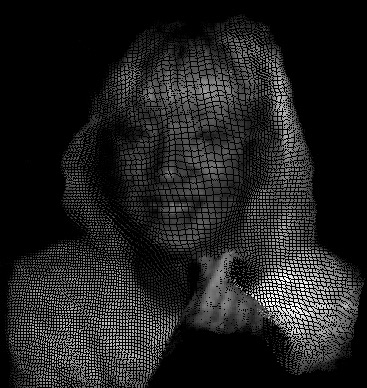Artilux Unveils World's First GeSi Wide Spectrum 3D Sensor at CES
CES®- Las Vegas, NV, January 7-10, 2020
Booth: MP25371, LVCC
- Photonic innovation improving eye safety, sensing accuracy and performance under sunlight
- The first CMOS-based ToF sensor that can work with optical wavelengths up to 1.55μm
- Safety for consumers boosted by use of longer NIR wavelengths
At CES 2020, Artilux, an innovator in photonics and electronics technology, will be unveiling its Explore Series, the world's first wide spectrum 3D ToF (time-of-flight) sensor based on GeSi (germanium-on-silicon) photonic innovation. Operating at longer NIR (near infrared) wavelengths, the sensor can be used in the area of the spectrum that is more than 10 times safer than the currently-used 940nm wavelength, as well as improving sensing accuracy and performance under sunlight.
The demo, being shown live for the first time, will include a RGB-D camera for logistics applications and robot vision, and a 3D camera system that can operate at a longer wavelength. The sensor is projected to enter mass production in Q1 2020 and targets applications that will benefit from the improved 3D sensing performance such as mobile devices, automotive LiDAR, and machine vision.
In contrast to existing 3D sensors, which typically operate at 850nm or 940nm, the new sensor from Artilux can effectively cover the range from 850nm to 1550nm. By utilizing this capability, the new Explore Series sensor substantially reduces the potential risk of eye damage, since longer NIR wavelength radiation causes less or even no harm to the retina. According to the most recent findings, the power of the laser can safely be at least 10 times greater at 1200-1400nm than at 940nm, which improves performance without compromising on safety for long range and highly accurate 3D imaging; it also means that the safe minimum distance of the laser from the eye can be further reduced to sub-centimeter, following the international standards IEC 60825-1:2007 and IEC 60825-1:2014.
The use of longer NIR wavelengths also minimizes interference from sunlight and enables better performance in outdoor environments. All the breakthroughs are brought about by a new GeSi technology platform developed by Artilux in cooperation with TSMC, enabling it to be the first CMOS-based ToF solution to work with light wavelengths up to 1.55μm. A paper that addresses the sensor design based on a GeSi platform has recently been accepted by ISSCC (International Solid-State Circuits Conference) 2020, the foremost global forum in solid-state circuits and systems-on-a-chip.
CES is held at the Las Vegas Convention and World Trade Center (LVCC) and will run from January 7 to January 10, 2020. For more information on CES, see https://www.ces.tech

Artilux GeSi Wide Spectrum 3D sensor works at zone 2 and zone 3 to boost safety for consumers.

Eye Safety is boosted by use of longer NIR wavelengths. This is an image of a point cloud taken with Artilux’s sensor technology that operates in zone 2.
Learn more about our products and solutions, please visit our official website (https://www.artiluxtech.com) and LinkedIn (https://www.linkedin.com/company/artilux-inc./)
###
About Artilux
Artilux, renowned for being the world leader of GeSi photonic technology, has been at the forefront of wide-spectrum 3D sensing and consumer optical connectivity since 2014. Established on fundamental technology breakthroughs, Artilux has been making multidisciplinary innovations covering integrated optics, system architecture to computing algorithm, and emerged as an innovation enabler for smartphone, autonomous driving, augmented reality and beyond. Our vision is to keep pioneering the frontier of photonic technologies and transform them into enrichment for real life experience. We enlighten the path from information to intelligence. Find out more at www.artiluxtech.com.